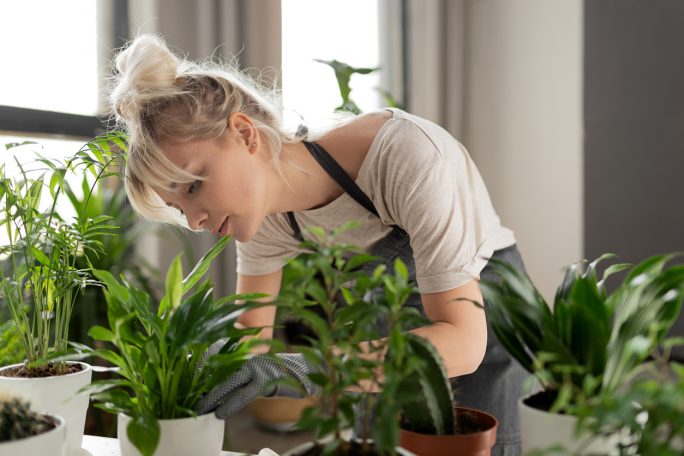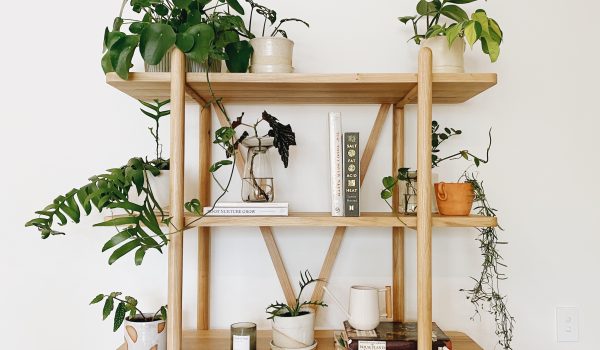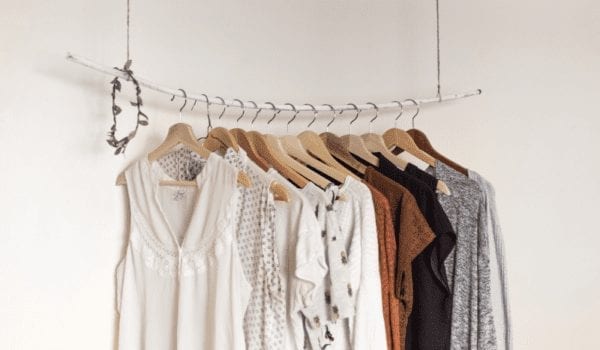Turn Your Home into an Indoor Garden
An indoor garden is the perfect antidote for anyone concerned their summer oasis might be overwhelmed by winter’s harsh weather, or indeed the city dweller looking to bring a slice of nature to their life. The huge variety of houseplants that thrive in an indoor garden vary in terms of beauty, care needs, and benefits. Whether you’re a seasoned Green Thumb, or new to this indoor garden caper, we’ve got you covered.
Indoor Garden Room Ideas
Creating a garden room is a wonderful idea, if you have the space in your home and the bucks in the bank.
Track down a local carpenter, builder and/or interior designer, who can help you transform that forgotten corner of your home into the garden room of your dreams. Opt for a tropical paradise – your little indoor summer space, or an English garden- a space where you and your guests hang for evening tea. Another lovely idea is a succulent space, where various types of jade plants draw good energy into your home. Work with your contractor to execute your ideas, and expand on them with their professional input.
Choose a location in your home, again with the help of a contractor. If you intend to convert an existing room into a garden room, consider its lighting, humidity, and temperature before bringing plants in. You can improve the lighting by adding an extra window or widening an existing window. You can, on the other hand, improve the room’s temperature (and lighting too) by installing LED or any other broad-spectrum lights. As for humidity, you can always bring in a humidifier.
Also check the room’s airflow. Your indoor garden will thrive with good ventilation and regular airflow. If the air is stagnant, consider a ceiling fan.
Choosing the Right Plants for Your Indoor Garden
How can you tell if a plant is good for your indoor garden? There are three key qualities of good indoor plants:
- The roots are light in colour, healthy, and thick.
- They have thick foliage that you can’t see through.
- The leaf is free from white dots, there is no sticky residue on the stem, and there is no bad odour. If a plant has any of the above, it is likely to be unhealthy.
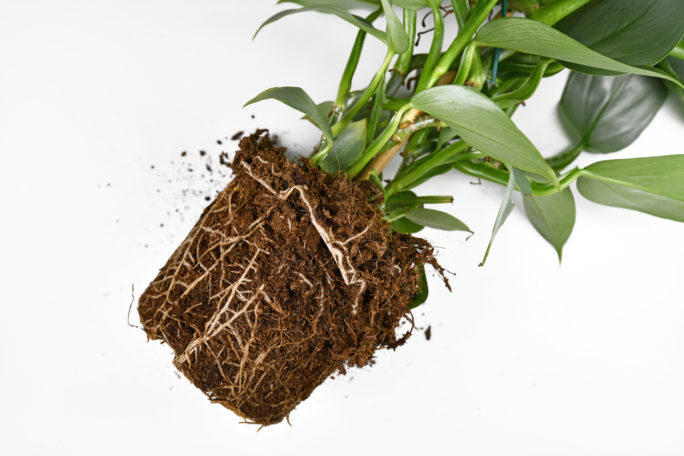
It’s important that you choose the right plants for your indoor garden. After all, you want them to survive! Consider each plant’s properties and needs, vis-à-vis your personality and environment! If your indoor grow area is dim, choose plants that thrive in low light. These include Snake plant, Maidenhair fern, Dieffenbachia, English and Algerian ivies, and Pothos.
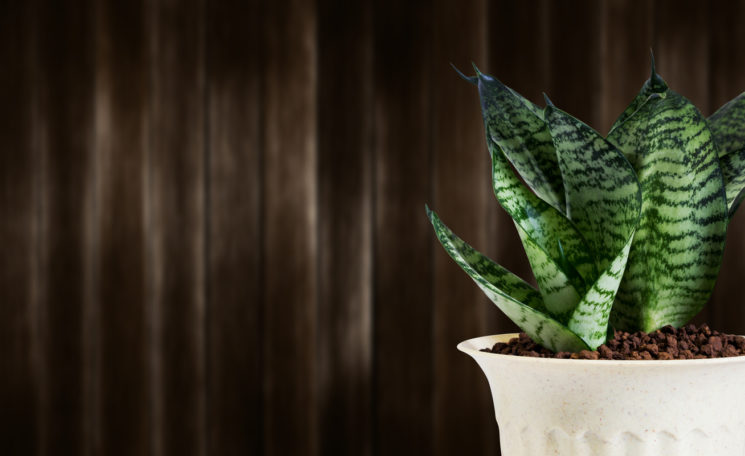
If your grow area gets lots of direct sunlight, or if you are looking for a plant to place on your window, go for plants such as Dwarf umbrella tree, Jade plant, Cacti, Jasmine geraniums, and Hibiscus ponytail palm.
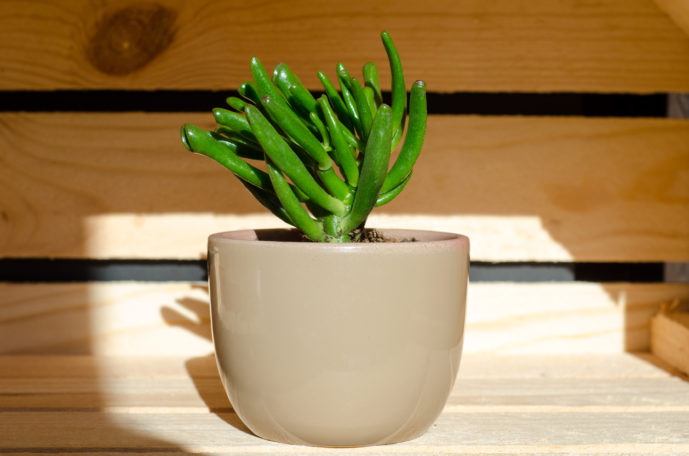
There are plants that do well in high humidity, such as the birds’ nest fern and the staghorn fern. These are good for bathroom décor. If your schedule and love for plants allow you to regularly water your garden, choose houseplants that love wet soil. These include Boston ferns, Baby’s tears, paper reed plants and umbrella grass plants.
If you are the kind of gardener who forgets to water their plants, low-water plants such as Red Aglaonema, Sago palm, and Ponytail palm are good options for you.
Best Houseplants for your Living Room Or Office
High-traffic areas such as offices and living rooms need plants that are beautiful and that have proven air-cleaning properties. Here are a few suggestions for you:
- Jade plant. On top of being beautiful, this plant is also believed to bring fortune and wealth. It is also an easy-to-care plant.
- Kalanchoe. This plant blooms in a colourful way. It’s known for adding warmth to small spaces. It needs lots of sunlight.
- ZZ plant. It stays strong and beautiful even when neglected.
- Peace lily. Their decorative properties are unbeatable, especially the leaves. They do well in dark areas, but they need moist soil and good drainage to stay healthy.
- Boston fern. The plant is uniquely stylish and beautiful. Its kelly-green foliage will leave your space looking sophisticated and stunning.
Growing Veggies Indoors
Most veggies and fruits that grow in your summer garden can thrive in your indoor garden. However, they do require a lot of light. Fruit trees thrive on eight to 10 hours of sunlight per day, while veggies can get by on four to six hours. You may need to invest in grow lights to meet these requirements. Veggies also require deeper soil than most plants, so you need relatively bigger growing pots. Some of the veggies that you can grow indoors include:
- Leafy salad greens like kale, spinach, and arugula.
- Carrots.
- Green onions.
- Pepper plants.
- Herbs such as chives, mint, parsley, oregano, cilantro, and rosemary.
Beginner’s Guide to Taking Care of Plants
- Always ensure that the potting soil isn’t too dry or too wet. Keep it moist by watering regularly and then poking drainage holes at the bottom of the pot to prevent the water from stagnating.
- You will know that your indoor plant needs watering if you lift it up and it feels abnormally light. Wilting leaves browning on the edges, yellow leaves, and mushy leaves indicate possible under/over watering.
- Meet the plant’s lighting needs by installing grow lights or placing it near a natural light source. Keep low-light plants away from light.
- Prune your plants if they get tall and spindly.
- Only apply fertilisers that are labelled for your plants’ species, and that are made specifically for indoor plants. Always check the label.
- Regularly spray the stems and leaves, especially the undersides and tops, with insecticidal soap to get rid of bugs.
Health Benefits of Houseplants
- An indoor garden will boost humidity levels. Humid spaces enhance respiratory and skin health.
- Plants absorb carbon dioxide and release oxygen. It is thought that they can increase indoor oxygenation and consequently boost mental focus, mood, energy, and work performance.
- Bringing plants indoors is like bringing a piece of nature inside. Scientific studies show that being around nature can alleviate stress and anxiety.
Creating a beautiful home or office isn’t hard or expensive at all. All you need is the enthusiasm to care for plants, a small budget for seeds and growing pots, and a small space to keep the plants.
The Carousel would like to thank Jennifer Monroe for this article.

